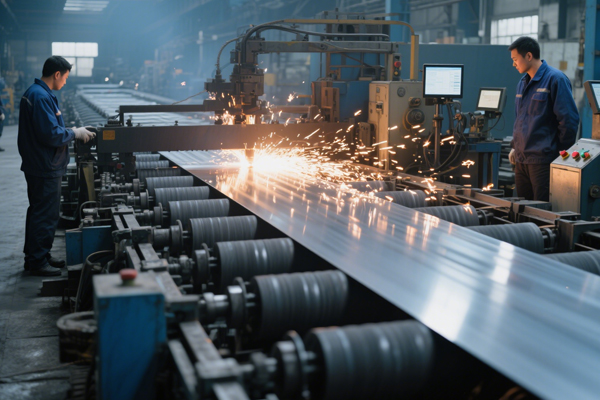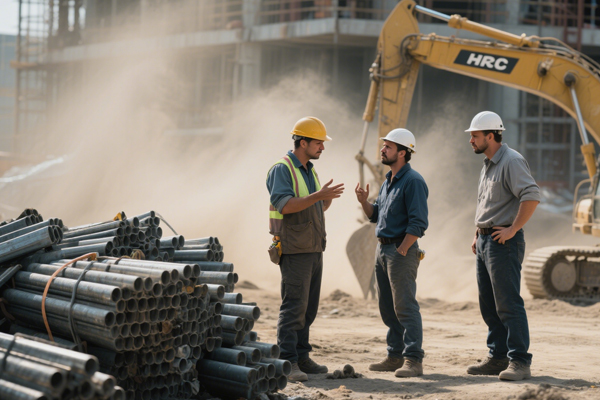IMF Forecast: World Economic Growth Continues To Slow And Commodity Price Volatility Increases
The International Monetary Fund (IMF) has released its latest world economic forecast report. The report believes that the global economy is stumbling forward, lacking momentum and showing a certain degree of resilience. However, the economic trends of various countries are increasingly divergent.
According to its latest forecast, global economic growth will slow down from 3.5% in 2022 to 3% this year and 2.9% in 2024. The forecast value for 2024 has been lowered by 0.1 percentage points compared with the July forecast value, which is far lower than the historical growth rate. Average. Among them, the IMF’s GDP growth forecasts for China in 2023 and 2024 are 5.0% and 4.2% respectively, the economic growth forecasts for the United States in 2023 and 2024 are 2.1% and 1.5% respectively, and for Japan in 2023 and 2024. The economic growth forecasts for this year are 2.0% and 1.0% respectively.
The overall inflation rate continues to slow down. On a year-on-year basis, the inflation rate is expected to drop from 9.2% in 2022 to 5.9% this year and 4.8% in 2024.
The global economy is experiencing important differentiation, and the economic performance data in some regions are far lower than predicted before the epidemic. Compared with emerging markets and developing economies, the economic growth slowdown in developed economies is more obvious. Among advanced economies, the U.S.’s economic growth prospects have improved, and its consumption and investment have shown resilience. In contrast, forecasts for economic activity in the euro area have been revised downwards. Many emerging market economies have also shown greater resilience than expected, with China facing headwinds from a housing crisis and waning confidence.
The report also believes that commodity prices may become more volatile under climate and geopolitical shocks. Geoeconomic fragmentation will lead to sharply increasing price differences among regions for key minerals and other bulk commodities.
Industry insiders believe that the uncertainty of world economic growth will have a certain impact on the demand for iron ore and steel industries. It is expected that global iron ore demand in 2023 will be basically the same as in 2022, and steel demand will be slightly lower than in 2022. Global steel products Prices will continue to run low.







